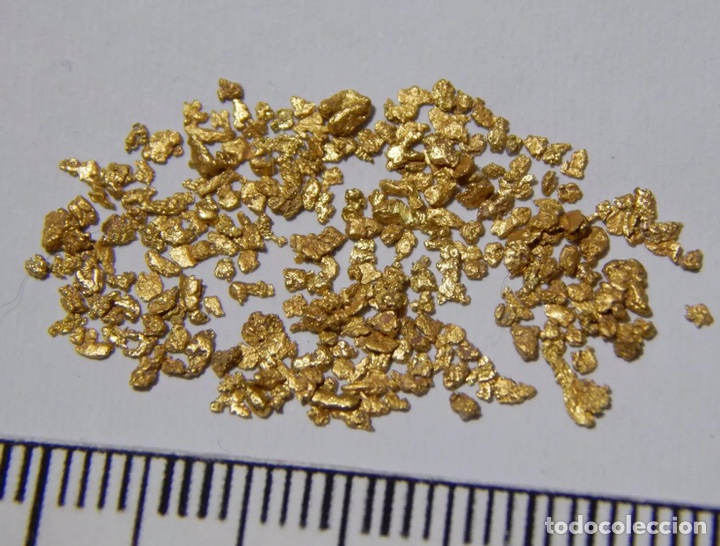The other day, I explained you some interesting games to practice the concept of length with students, and today, I've decided that I want to share a new game, this time to practice the concept of mass.
First game: Searching for "gold nuggets" (I)
In this game, we would create gold nuggets of equal size but different materials: little stones or pieces of paper, and students should find them around the class. In groups, they would have to try to found the most number of gold nuggets. Once they have found all the gold nuggets, by groups, they would have to calculate the total mass using a weighing scales. Students would have gold nuggets of different mass, so they would realize that, maybe, some groups can have more gold nuggets than others, but less mass. This way, students should reflect about this fact, and with our help, they would realize that the number of gold nuggets doesn't matter if we want to measure the mass, because even the size seems equal, depending on the material, the mass would be different.

Second game: Searching for "gold nuggets" (II)
In the first game, students realized that, even the size was the same, taking into account that the material of the gold nuggets was different, some of them had more mass than others. Nevertheless, so as to ensure that they understand that if they are of the same material, the mass would be the same, we would repeat this activity, but in this case, only with the gold nuggets created with little painted stones. They'd repeat the process of searching the stones around the class, but this time, they would realize that the group with more number of stones is the one who have more mass. Again, they'd have to reflect about it. We'd tell them that they have to see if the material is different. Once they'd have realized that the material of every stone is the same, we'd explain them that, if the material and the size is the same, these objects would have the same mass too.






